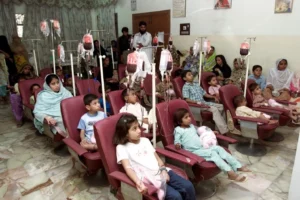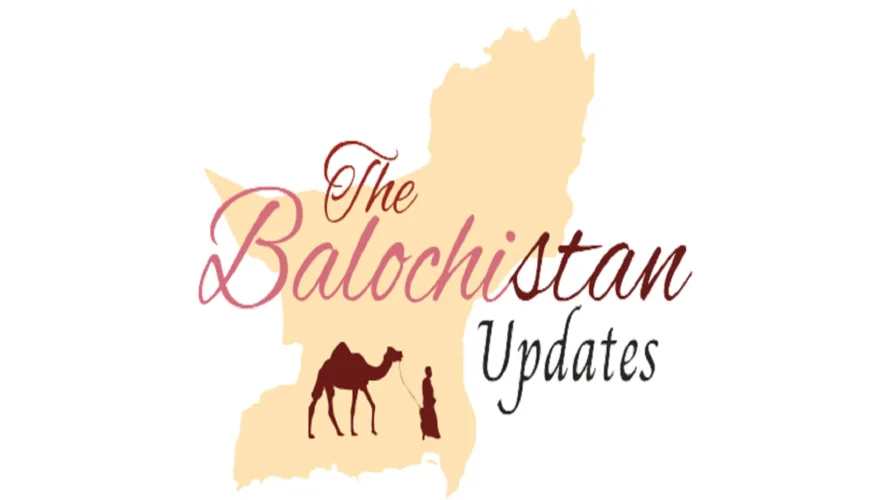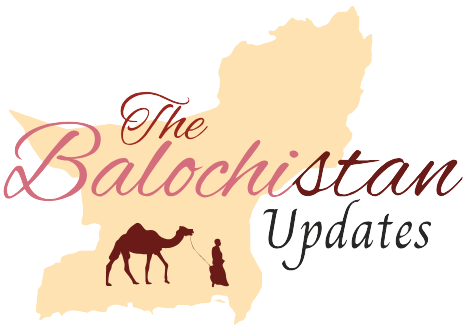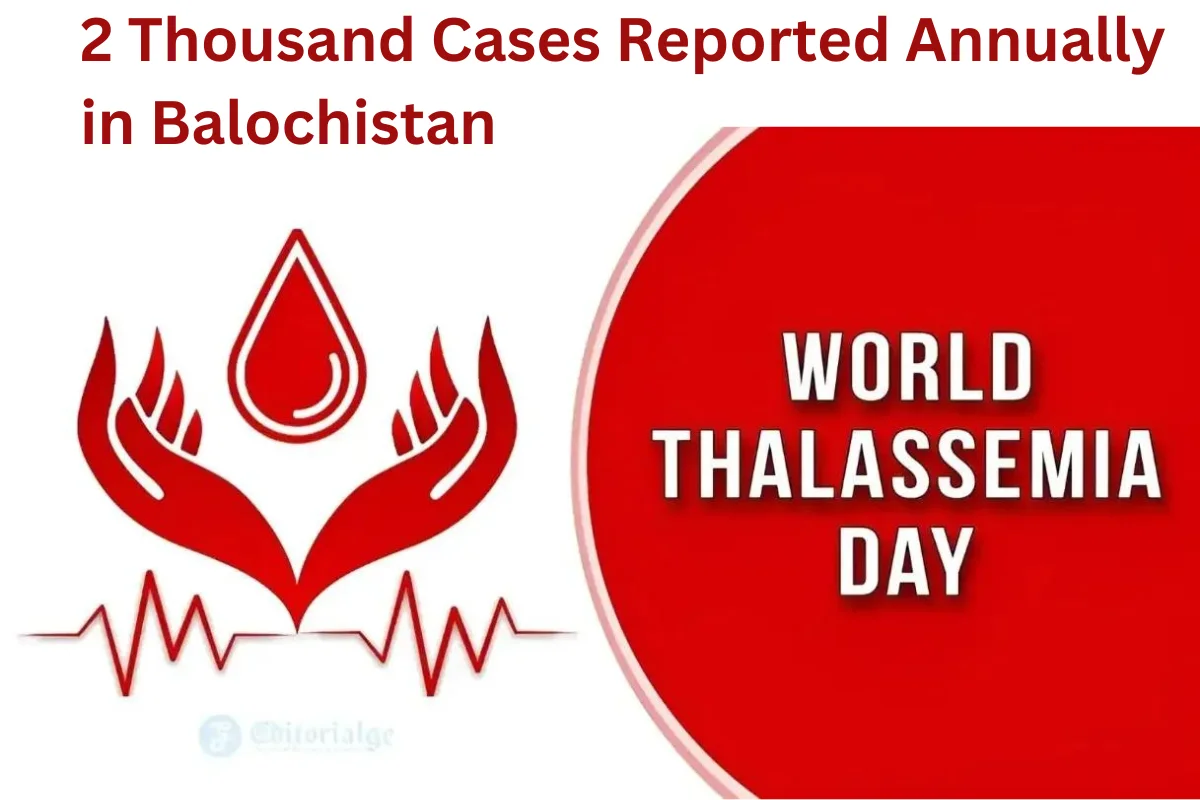Thalassemia’s Rising Prevalence
Hereditary blood disorder, is emerging as a significant health challenge in Balochistan, with more than 2 thousand cases reported annually in the province.
The prevalence of thalassemia is deeply intertwined with cultural practices, particularly among the Baloch Pashtun tribes, where consanguineous marriages within the family are common, leading to a higher risk of genetic diseases. Also read about recent Polio Cases Reported in Balochistan.
Financial Burden: The Cost of Treatment
The consequences of this heriditary disease extend beyond health implications, with the average cost of treating a patient amounting to 7 lakh rupees per year. This financial burden often places a strain on affected families, many of whom struggle to afford the necessary medical care.
Cultural Impact
In Baloch Pashtun society, it is estimated that approximately 70% of families have at least one member suffering from it due to the prevalence of cousin marriages. The challenges faced by individuals and families affected by thalassemia are immense, ranging from managing screened blood transfusions to the constant search for compatible donors.
Multifaceted Solutions: Awareness and Education

Addressing this crisis requires a multifaceted approach that combines awareness, education, and proactive intervention. Similar to campaigns for AIDS and polio, there is an urgent need for comprehensive awareness initiatives to inform communities about the causes and consequences of thalassemia.
Preventive Measures: Advocating for Change
By promoting education on genetic risks and advocating for responsible marriage practices, it is possible to prevent the transmission of the disease to future generations.
Conclusion: A Path Forward
In conclusion, thalassemia poses a formidable challenge to public health in Balochistan, exacerbated by cultural factors and financial constraints. However, with concerted efforts to raise awareness and promote preventive measures, there is hope for a future where thalassemia no longer casts a shadow over the lives of individuals and families in the region.


